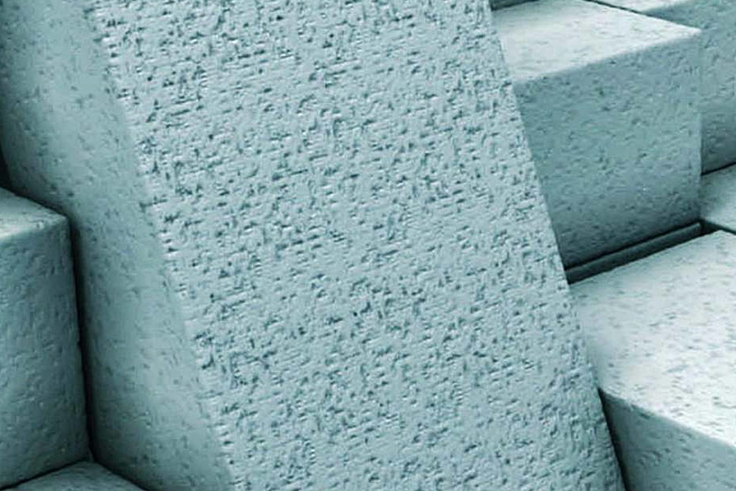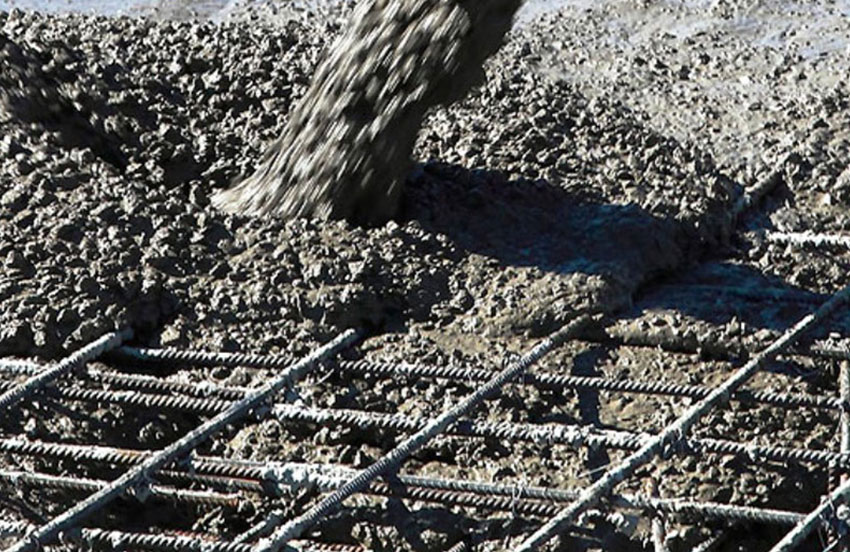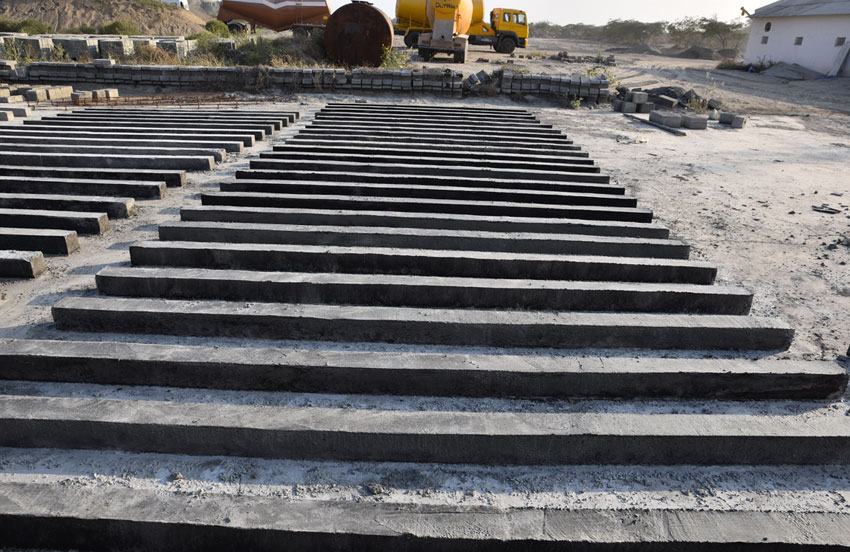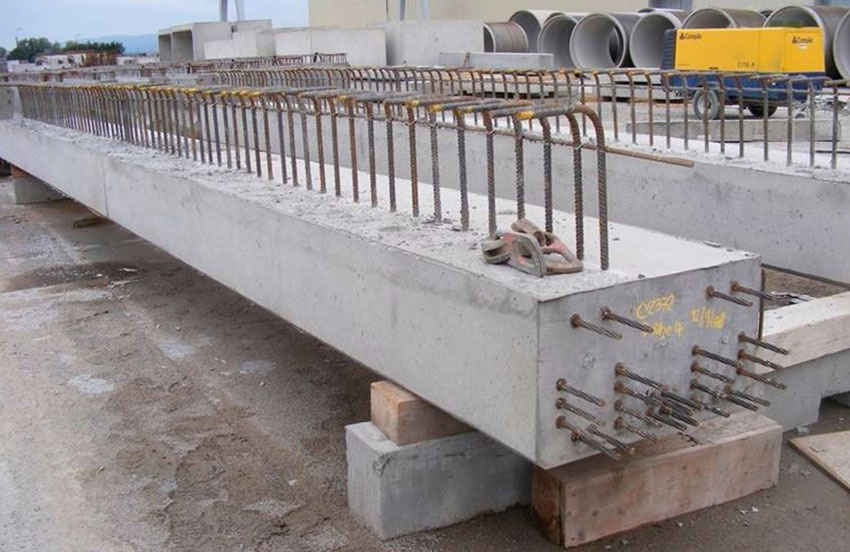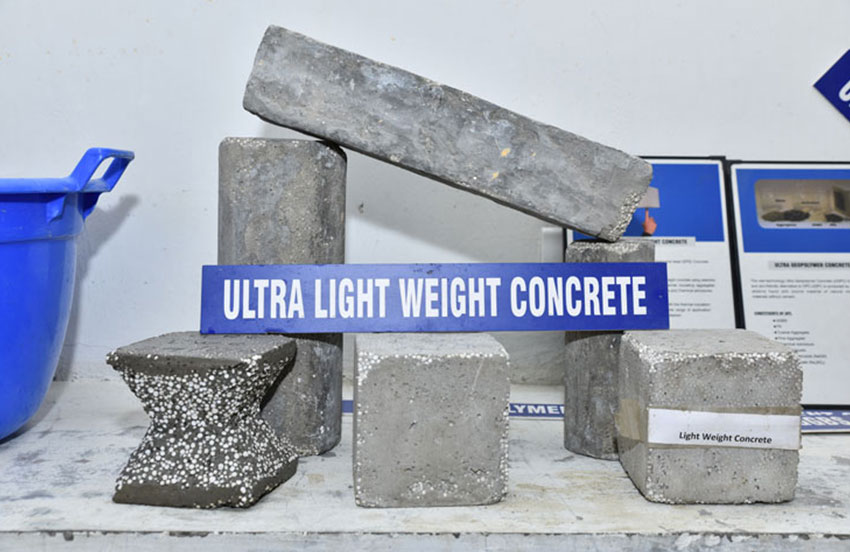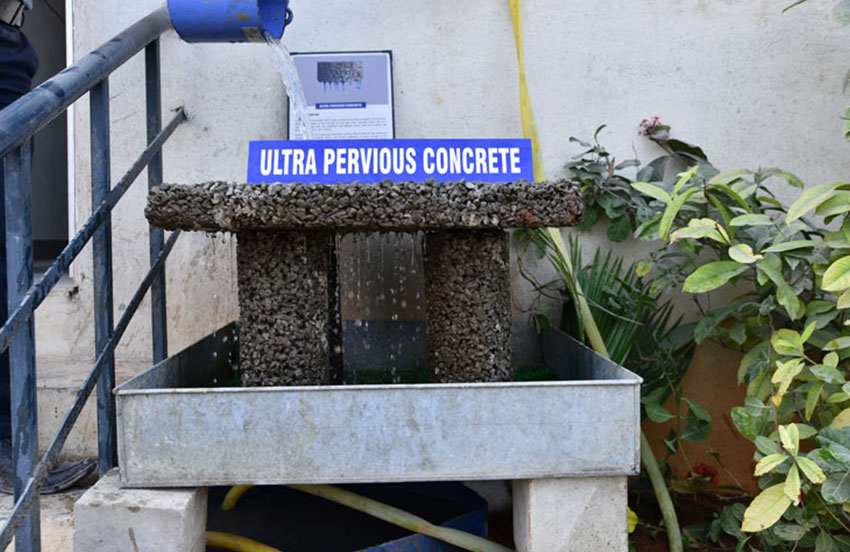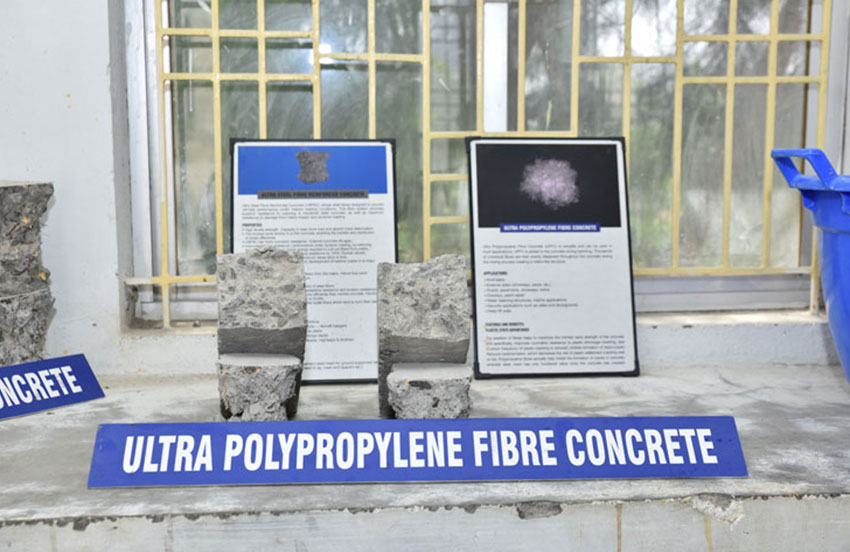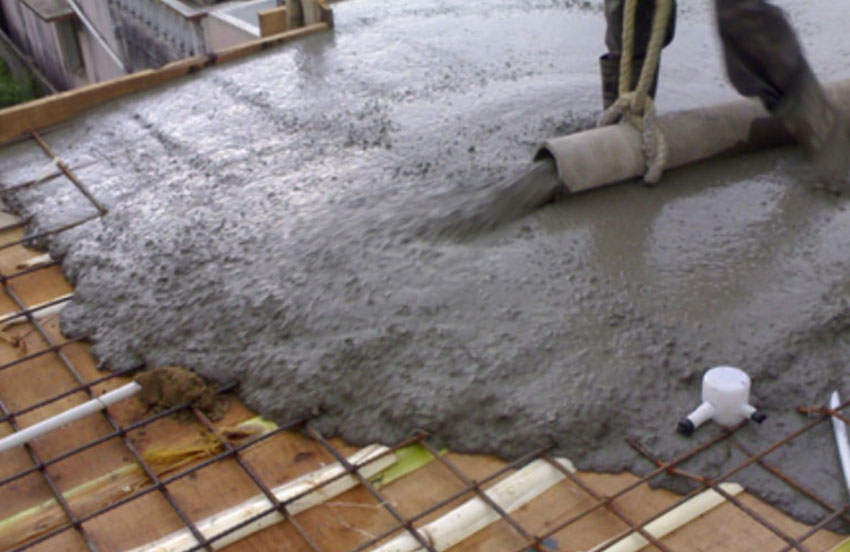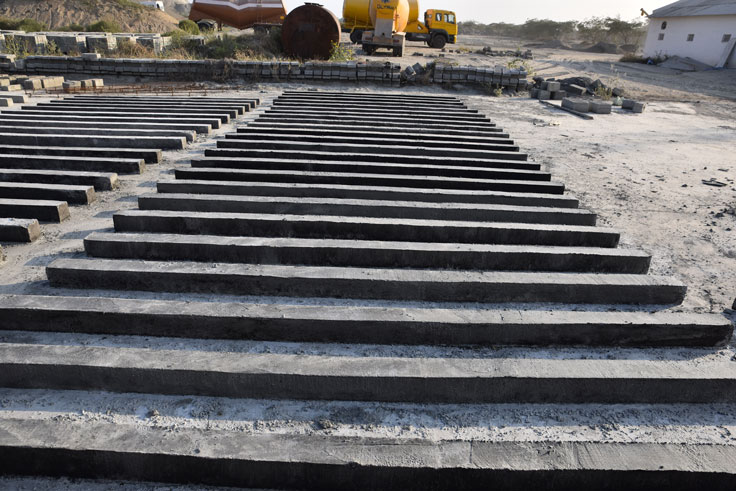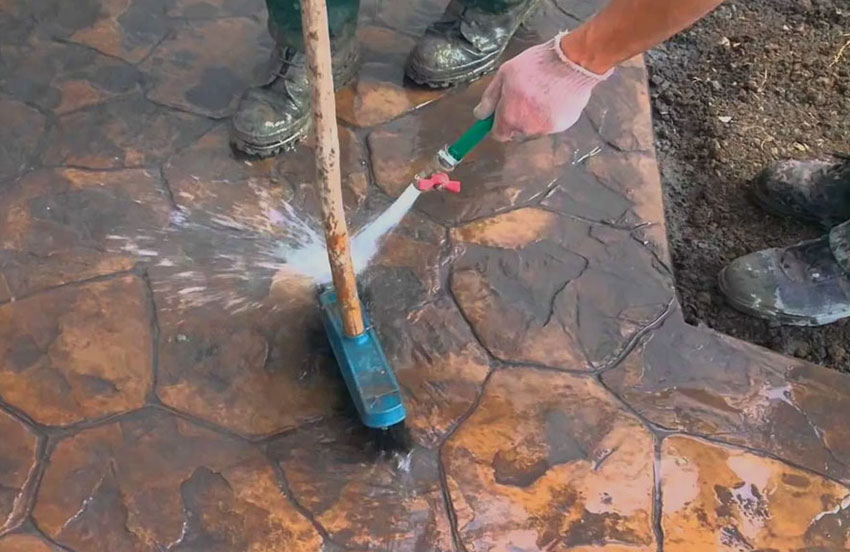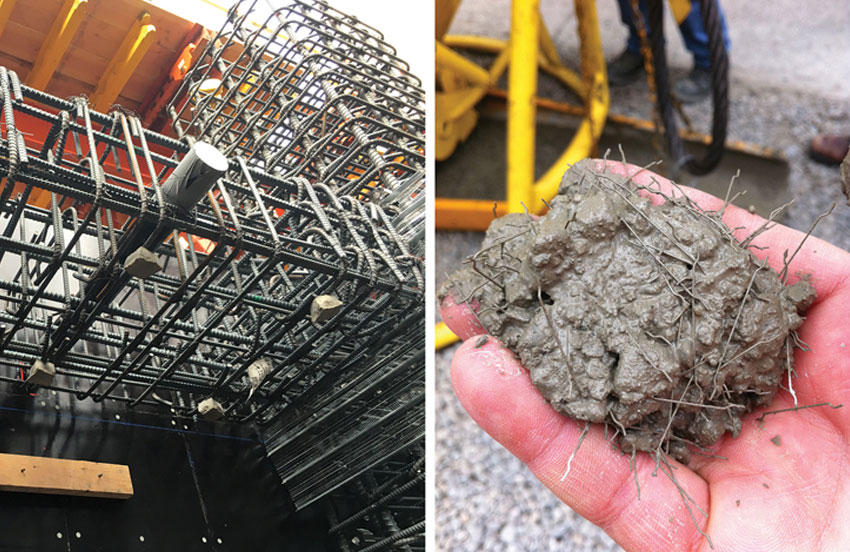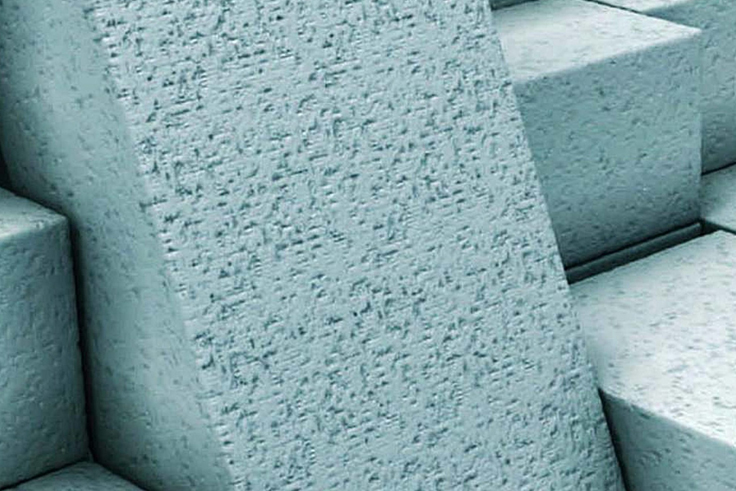
Ultra Foamed Concrete (UFC) is a form of concrete that is made with unique admixtures and comes in a variety of densities to meet your needs. Our foam generating devices can create the product on-site and it may be conveniently placed without the need for compaction.
Density & Strength
UFC can attain strengths ranging from 2.5 to 5 N/mm2, and our unique manufacturing method allows us to generate dry densities ranging from 500kg/m3 to 1800kg/m3. Our team of expert staff works closely with you to find a solution for strengths and densities outside of this range.
Placement & USE
Due to the fluid nature of UFC, the concrete can flow freely even into the tiniest of crevices, making it ideal for void filling. UFC also lacks the granular fill material's settlement qualities, resulting in a far more stable fill.
Applications:
UFC is great for filling gaps in places where access is difficult, such as abandoned fuel tanks, sewer systems, pipelines, and culverts. Foamed concrete is ideal for sub-screeds and filling under-floor voids because of its excellent thermal insulation qualities.
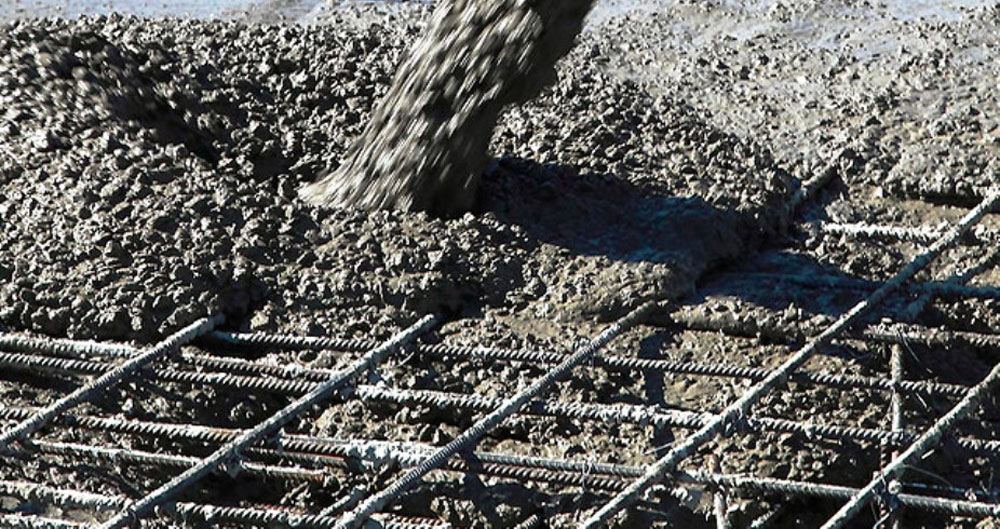
Ultra Geopolymer Concrete (UGPC) is a promising approach and an environmentally benign alternative to OPC. UGPC is made by polymerizing an alkaline liquid while combining it with a natural mineral or by-product material without the need for cement.
Constituents of GPC
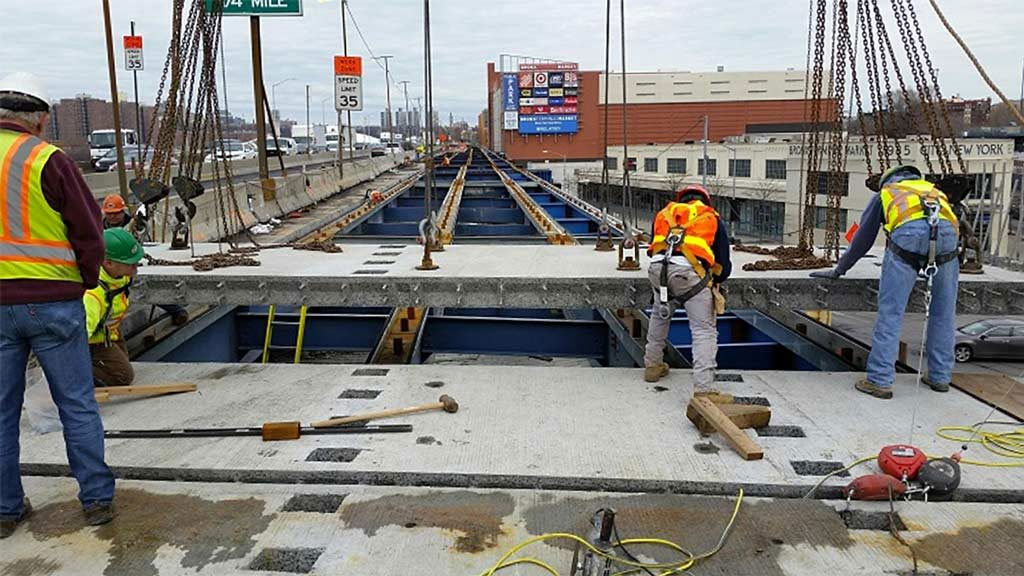
Ultra High Early Strength Concrete (UHESC) is a type of high-early-strength concrete that allows formwork to be released quickly, speeding up construction. Speed and efficiency are important in an ever-demanding and fiercely competitive environment with tight deadlines. Our UHSC's short setting times allow users to greatly boost the construction process' productivity. Fast-track construction, thinner sections, carriageway replacement, airport hardstands, warehouses, and precast constructions are all possible using UHSC.
Features
Where to use it
Benefits
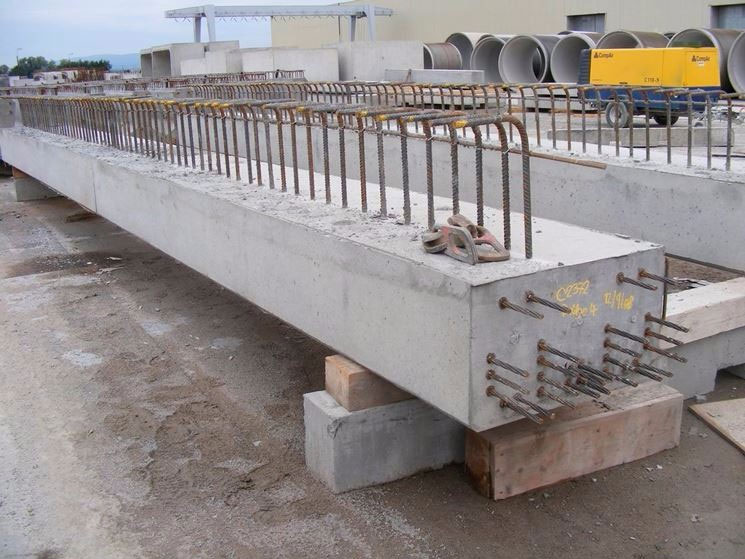
Concrete with a predetermined characteristic cube strength of 50N/mm2 and higher is known as Ultra High Strength Concrete (UHSC). For both precast and in-situ operations, strength levels of 50 N/mm2 and even higher are utilised. Offshore constructions, tall building columns, long-span bridges, and other highway infrastructure are among the most common uses for UHSC in-situ concrete construction. The main benefit is the reduction in compression element size and/or longitudinal reinforcement required.
The processes and technologies used to make high-strength concrete are quite similar to those used to make normal-strength concrete. The target water/cement ratio will be in the 0.30–0.35 range, if not lower.
To accomplish maximal water reduction, superplasticisers / high-range water reducers are used. At high levels, silica fume (micro-silica) or metakaolin can be applied to boost strength.
Applications
In engineering projects with concrete components that must withstand high compressive loads, UHSC is essential. UHSC is commonly employed in the construction of high-rise buildings. It has been employed in components such as columns, shear walls, and foundations (particularly on lower levels where the loads will be the largest). UHSC are also employed in bridge applications on occasion.
High-strength concrete can be utilised in high-rise structures. This unique concrete has not only made such projects possible due to load capacity, but it has also allowed for smaller column and beam dimensions. The loads associated with foundation design are reduced as the dead load is reduced. Additionally, owners profit financially since the amount of rentable floor space increases, particularly on lower floors, as the area occupied by columns decreases.
UHSC is occasionally utilised in highway bridge building. Reinforced or prestressed concrete girders can span longer distances than conventional strength concrete girders because to UHSC. Furthermore, the increased individual girder capabilities may allow for a reduction in the number of girders needed.
Advantages
UHSC can withstand loads that normal-strength concrete couldn't. High-strength concrete not only expands the range of applications, but also improves the strength per unit cost, weight, and volume. The modulus of elasticity of these concrete mixes is often higher, which improves stability and lowers deflections.
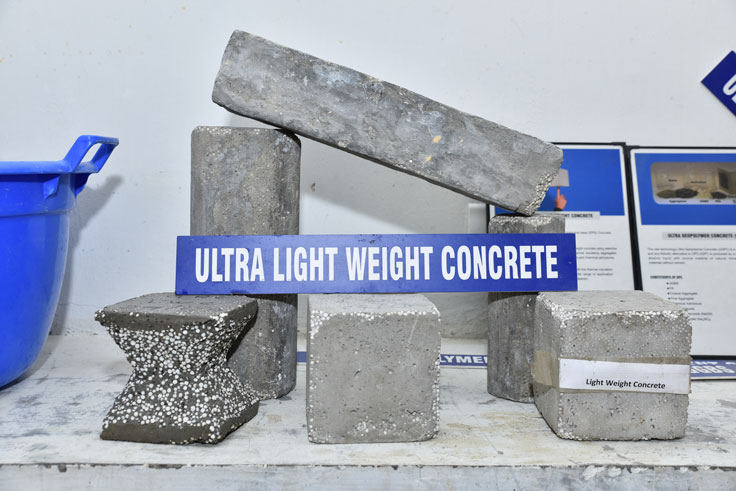
Ultra Light Weight Concrete (ULWC) is a lightweight concrete that uses thermal insulating particles such as expanded polystyrene beads (EPS). Cement, sand, EPS beads, and chemical admixtures are used to make ULWC.
Uses
ULWC combines the ease of building of concrete with the thermal insulation capabilities of EPS, making it suitable for a wide range of applications requiring lighter loads, thermal insulation, or both.
Specification Clause
EPS beads, Chemical Admixtures, OPC, Fly Ash Fine Aggregate, and Water make up the ULWC mix. The proportions of the mix must be pre-approved by an Ultra RMC official.
Direction for use
The ULWC will be delivered to the job site in a Transit Mixer and pumped to the desired level.
Application
Using a trowel, spread and finish the ULWC. Use a vibrator to avoid compaction and a trowel to lightly compact. To avoid rapid loss of water from the mix, protect it from direct sunlight by covering it with a plastic sheet or shade.
Curing
When the ULWC reaches the first setting, it needs to be sprayed with water. To avoid any undulation while walking over new placements, fog spray is suggested. Ponding of water is not required.
Toping
Topper is required by ULWC as it is not permissible to leave a concrete surface untopped. Tiles or mortar can be used as a finish.
Application Includes
Advantages
Typical Mix Proportion: 1200 – 1800 kg/m3–Mix
Typical properties
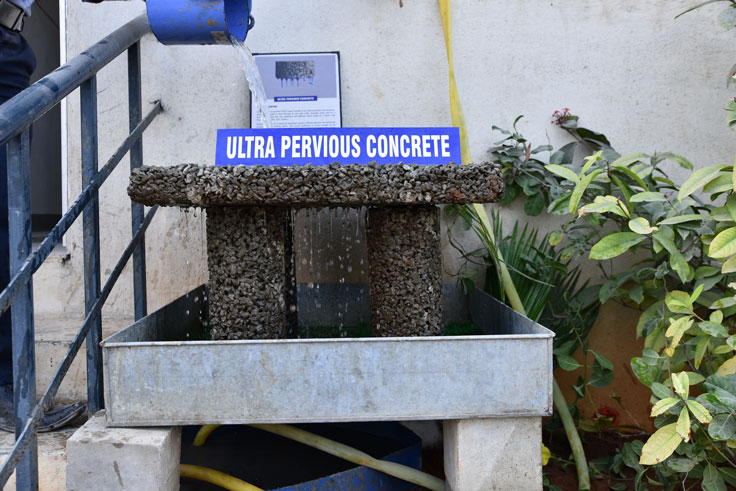
Despite the fact that pervious concrete has been utilised for over 50 years, its stormwater management potential has only lately been acknowledged. It provides a pavement that allows rainfall to infiltrate rather than runoff. Groundwater supplies are refreshed and contaminants are treated as a result of infiltration.
The mass of Ultra Pervious Concrete (UPC) is made up of an interconnected void structure that allows water to flow at extremely high speeds. When laid on a sandy subgrade soil, the pavement infiltrates stormwater at a faster pace than the soil beneath it.
The pavement surface should not be a limiting element in the drainage design of a pervious pavement system. The paved area's runoff coefficient or curve number should be the same as the compacted subgrade soils. During construction, over-compaction of the subgrade will hinder essential infiltration.
Pervious concrete is structurally weaker than plain concrete with compressive values below M10. Pervious concrete pavements are suitable for light-duty applications such as automobile parking, pedestrian zones, and low-traffic pavements due to their lower strengths.
In order to maintain the infiltration capability of pervious concrete pavements, maintenance may be required. To avoid cluttering the pavement, avoid runoff from nearby bare or manicured areas, cars trailing dirt onto the pavement, and organics falling over the pavement.
Applications
Parking lots and other light-duty applications frequently employ pervious concrete pavements.
Common applications for the pervious concrete include
Product Technical Information
Pervious concrete requires different placement and finishing processes than regular concrete. Pervious concrete is made of a no-fines concrete composition that does not flow. To stimulate consolidation without collapsing the void structure, it must be placed using specialised equipment. Furthermore, the fresh concrete's water content must be closely monitored.
Before opening to traffic, pervious concrete must cure for seven days. To safeguard the pavement during the curing time, every member of the project team (engineer, architect, general contractor, paving contractor) must work together.
Product Benefits
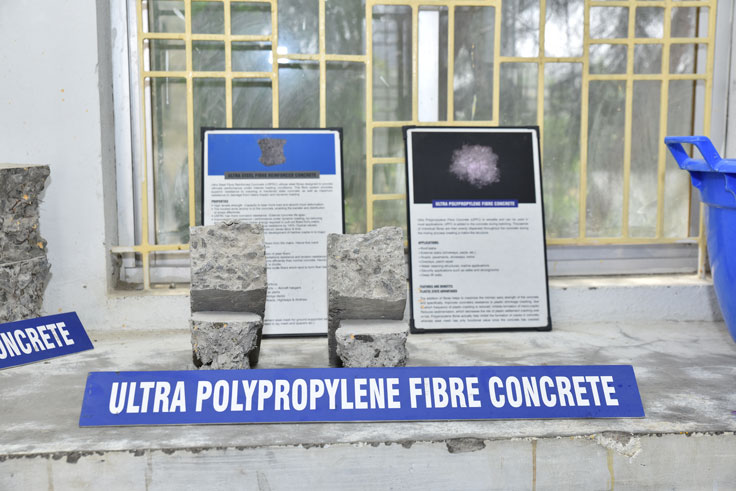
UPFC (Ultra Polypropylene Fibre Concrete) is a versatile material that can be used in a variety of applications. During the batching process, UPFC is added to the concrete. During the mixing process, thousands of individual fibres are equally spread throughout the concrete, forming a matrix-like structure.
Applications
Final Concrete Performance
Features and Benefits Plastic state advantages
Working improvements
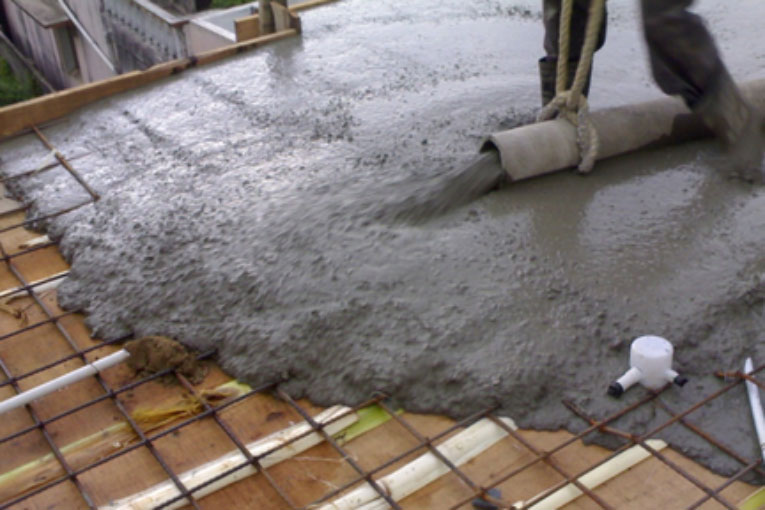
Each project is unique. Others are more aesthetic, while others are more technical. Regardless of the obstacle, it must be performed on schedule and on budget.
While traditional compacted concrete has constraints in terms of installation, requiring a lot of labour, machinery, and time, USCC offers a speedier alternative.
USCC is the ultimate self-compacting concrete since it is highly fluid. It may be poured swiftly and easily, flowing and spreading evenly to provide a stunning, highly artistic finish. Not only may time and money be saved, but USCC also minimises noise and eliminates vibration, greatly improving site conditions.
How It Works
The benefits of two seemingly opposing physical traits, fluidity and stability, are combined by USCC's revolutionary mix technique. Fluidity is required for easy concrete installation and a high-quality finish with the least amount of work. To avoid segregation, stability is required. This dynamic fusion produces the ultimate self-compacting, free-flowing concrete.
The Science of Concrete
The product formulations developed by USCC are the result of the most recent advances in organic chemistry, mineral chemistry, and fluid mechanics. These advancements enable USCC to maintain fluidity for more than two hours without the requirement for on-site water addition while attaining early compressive strength comparable to conventional concrete.
USCC's strength resides not only in its fluidity, but also in its adaptability. It can be used for a variety of constructions, including horizontal, vertical, and complexly shaped ones.
Uses
The properties of USCC allow for greater efficiency while filling formworks with complicated geometry, resulting in higher visible face quality. USCC assists in the creation of the most unusual and astonishing forms. It's particularly useful in applications that need consistent quality, a dense and homogeneous surface, increased durability, and a reduction in building time.
Benefits - Fast Flowing
Free-flowing USCC concrete may be poured quickly, with the material simply solidifying into the desired pour areas.
Smoother Surfaces
USCC has a great, smooth surface quality that allows slabs and floors to be laid exactly flat without the need for floating.
Easier Placement
Not only is placement swift, but it's also simple. USCC is easy to work with since it has fewer pour points, requires less formwork, requires less personnel, has no vibration, has a high surface quality, and can be used in a variety of applications.
Total Flexibility
Whatever you're working on, there's a USCC for it. Its self-leveling properties allow for quick coverage of huge surfaces in horizontal applications. Filling complex vertical structures is simple and rapid, and it can also be used in conjunction with reinforcing cages for deep foundations.
No Vibration
Working conditions on-site are substantially improved by eliminating vibration and greatly decreasing noise pollution, and pours can be safely carried out even in densely populated areas.
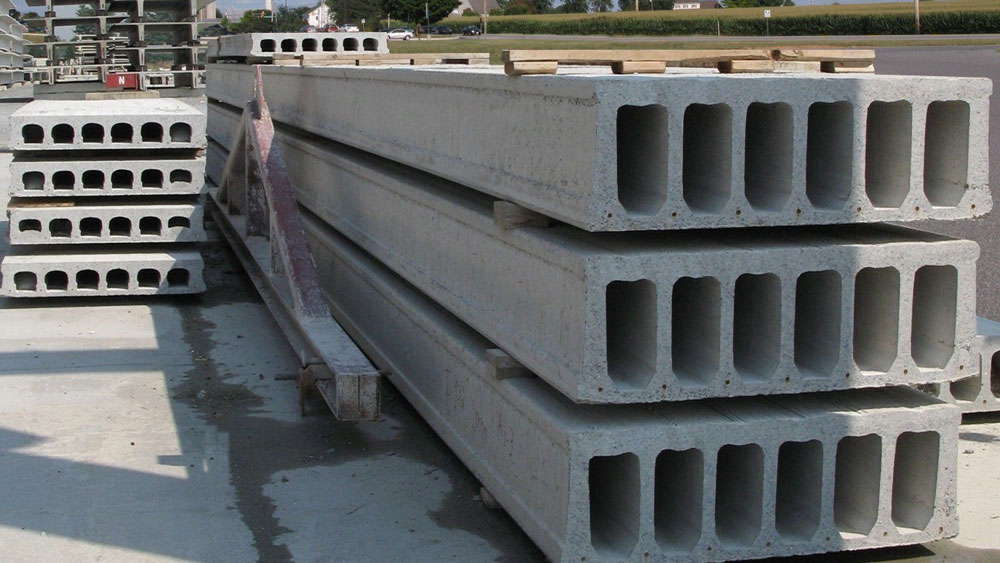
USDC (Ultra Smart Dynamic Concrete) is a ground-breaking concrete that does not require vibration for placement or compaction. Even in the presence of crowded reinforcement, it can flow under its own weight, completely filling formwork and attaining full compaction. The hardened concrete is dense, homogeneous, and has the same engineering features as traditional vibrated concrete in terms of engineering properties and durability.
USDC
Since its inception in Japan in the 1980s, self-consolidating concrete (SCC) has proven to be extremely beneficial in terms of enhancing productivity and overall efficiency, and it is positioned to be a huge success. However, in established markets such as India and ASEAN, the cost per cubic metre of SCC has become a deterrent. As a result, SCC will never be able to compete with standard vibratable or pumpable concrete.
In today's world, over 65 percent of classic vibratable concrete classes have a compressive strength of 20 to 30 MPa. Converting these strength classes to traditional SCC is a difficult task, especially given the need for a balance between stability and fluidity in the concrete mass due to the sensitivity of the mix due to constantly changing concrete constituents. Classic SCC demands a high fine content by default, and any SCC set by the consultant and then supplied by the concrete maker is considered an "overdesign."
Low fines have become the norm. For the lower classes of concrete, self-consolidating concrete with a cementitious concentration of 340–380 kg/m3 has become a reality. A new state-of-the-art synthetic viscosity modifying agent (VMA) integrated into a unique Polycarboxylate ether (PCE) based hyper plasticizer is used in low fines yet self-consolidating concrete. These low-fines, self-consolidating, long-term solutions will enhance production and efficiency, allowing engineers, owners, and concrete producers to achieve their goals. Fines are minimal. SCC (also known as Ultra Smart Dynamic Concrete) has a number of advantages, including cost-effectiveness (fines reduction), durability (durability), environmental friendliness (low fines), and ergonomics (almost negligible vibration).
Benefits - Economical
Ecological
Application
Ergonomic
Higher efficiency in the concrete installation process is one of the most significant advantages for constructors and builders. Because of the convenience of application, fewer personnel are required, and claims for faults, voids, and honeycombs are decreased.
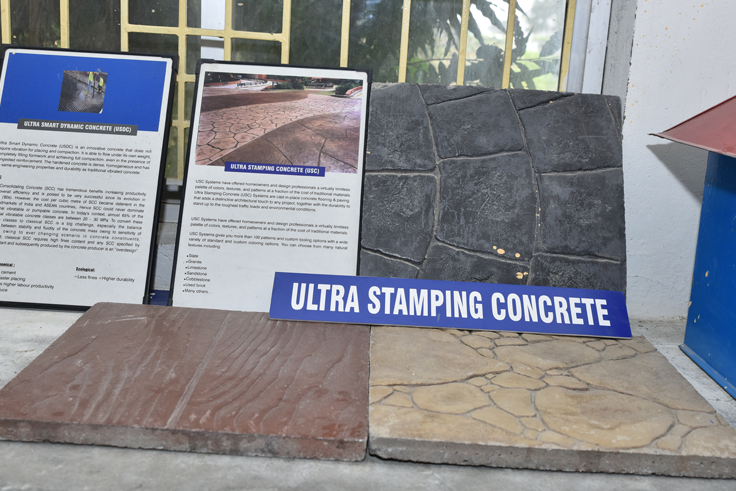
Ultra Stamping Concrete (USC) Systems are cast-in-place concrete floors and paving that provide a unique architectural element to any project while also being durable enough to withstand the harshest traffic loads and weather conditions.
USC Systems has provided homeowners and designers with an almost infinite palette of colours, textures, and patterns at a tenth of the cost of traditional materials. More than 100 designs and bespoke tooling options are available from USC Systems, along with a wide range of standard and custom colouring options.
You can choose from many natural textures including
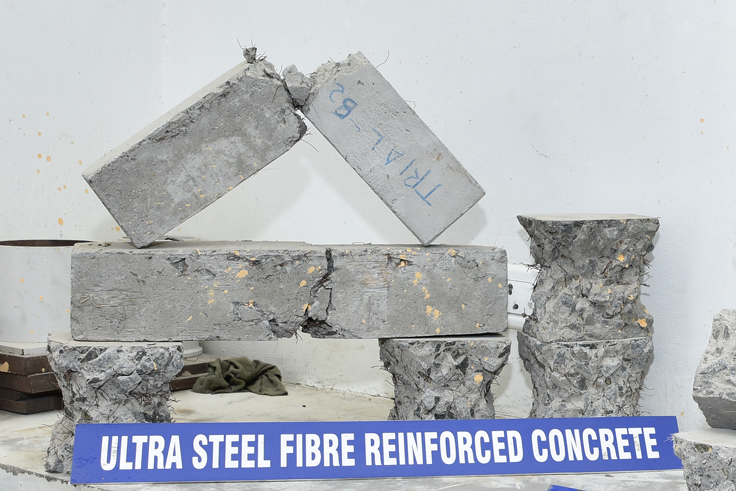
High tensile strength - Ability to withstand greater loads and absorb greater deformation. The hooked end anchor in the concrete, allowing for effective stress transfer and distribution. USFRC is more corrosion-resistant, which extends the life of the concrete. Reduces stress concentration and increased energy required to extract fibres out of the matrix, improving impact resistance/performance under dynamic loading. Wear resistance is increased by 50% and fatigue resistance is increased by 100%. (Typical values).
Simple addition method — Easy to build, saves time and labour. By functioning as microscopic bridges, the fibres prevent fracture formation and the progression of hairline cracks into larger ones. Prevent random cracks from forming. Pulling fibres from the matrix necessitates more energy.
As a result, the initial crack Flexural strength and rupture modulus are significantly improved. The inclusion of steel fibres improves flexural toughness. Abrasion resistance, cavitation resistance, and erosion resistance are all improved. Fibers are more efficient in absorbing and dissipating energy than traditional concrete. As a result, regular concrete is brittle, but USFRC is ductile. Unlike loose fibres, which tend to form fibre balls, steel fibres blend nicely with concrete.
Improvement in Concrete Properties (typical)
| Characteristics | Improvement over Normal Concrete (without fibers) |
|---|---|
| Compressive Strength | Up to 30% |
| Cracking Flexural strength | 100 to 200% |
| Fatigue Resistance | 100% |
| Resistance to impact | 100 to 300% |
| Shock absorption | 15 times |
| Abrasion Corrosion resistance | 40 to 50% |
| Ductility | Several times |
Application Areas
Cost benefit analysis
Cost benefit analysis
Ultra Ready Mix Concrete Private Limited (URMC) does more than "produce concrete"; it also creates solutions based on a solid understanding of and application of concrete technology. URMC offers its customers "concrete by design"—tailor-designed concrete, based on years of experience, a global pool of knowledge, and cutting-edge insight regarding the various concrete constituents and their interactions.
Concrete technologists at URMC can alter the properties of concrete by combining novel chemical admixtures with the right quantities of various concrete ingredients. We can, for example, build concrete that is more fluid, stronger, develops strength faster, and retains workability longer, depending on the type of application and job site requirements.
Researchers at the URMC R & D lab design customised concretes that meet the building industry's increasingly demanding performance standards by developing chemical admixtures solutions. URMC has a unique concrete portfolio that includes a wide range of products.
